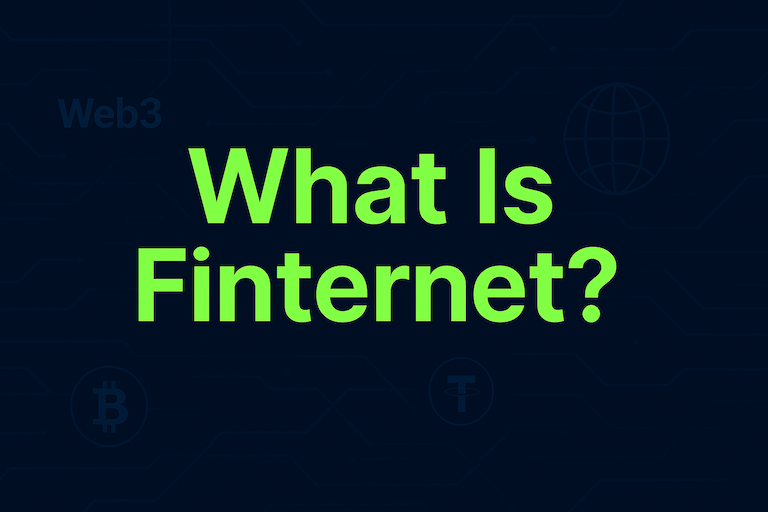OpenAI Replicates Ghibli: Are Large-Scale Models Devouring All Products?
Mar 28, 2025
OpenAI has recently made headlines with its GPT-4o model, a powerful tool capable of generating images that closely mimic the iconic style of Studio Ghibli, the renowned Japanese animation studio behind classics like Spirited Away and My Neighbor Totoro. Launched in 2019, OpenAI has evolved from a research-focused entity to a leader in AI innovation, with models like GPT-4o pushing the boundaries of text and image generation. The ability to replicate distinct artistic styles has sparked both excitement and concern, raising questions about the role of large-scale AI models in creative industries and their broader impact on product development.
The Ghibli Style Phenomenon
The GPT-4o image generator has gained significant traction on social media, with users creating Ghibli-style renditions of various subjects, from public figures to personal photos. This trend exploded in popularity, with thousands of users sharing their AI-generated artwork, showcasing the model’s ability to capture Studio Ghibli’s whimsical and detailed aesthetic. Posts on X highlight the enthusiasm, with many marveling at how the AI can transform ordinary images into scenes that feel straight out of a Ghibli film. However, this viral phenomenon has also drawn criticism, as some users worry that the technology undermines the originality of Studio Ghibli’s work, a studio celebrated for its handcrafted artistry and cultural significance.
Copyright and Ethical Concerns
The ability of GPT-4o to replicate Studio Ghibli’s style has reignited debates over copyright and ethics in AI development. Intellectual property experts point out that while artistic styles are not explicitly protected by copyright, the training data used to achieve such accuracy likely includes copyrighted works, such as Ghibli’s films. This raises questions about whether OpenAI used these materials without permission, a concern echoed in ongoing lawsuits against the company by publishers and creators. For instance, major media outlets have accused OpenAI of training its models on copyrighted content without proper attribution or compensation. OpenAI has stated that its models avoid replicating the styles of individual living artists but allow for broader studio styles, yet this distinction remains a legal gray area, especially given Ghibli’s distinct visual identity shaped by co-founder Hayao Miyazaki.
The Impact and Challenges of Large-Scale Models
Large-scale models like GPT-4o are transforming how products are created, from art and media to software and design, by automating tasks that once required human expertise. This democratization of creativity allows anyone to produce high-quality content with minimal effort, but it also poses challenges. The rapid adoption of AI-generated products risks devaluing human artistry, as seen in the Ghibli controversy, where some fear that AI could overshadow traditional creative processes. Additionally, the computational demands of these models are immense, with reports indicating that OpenAI has faced infrastructure strain due to high user demand for its image generation tools. This highlights a broader issue: as large-scale models “devour” various product domains, they also strain resources, raise ethical questions, and challenge the balance between innovation and cultural preservation.
Start your safe cryptocurrency journey now
Fast and secure deposits and withdrawals, OSL safeguards every transaction !


